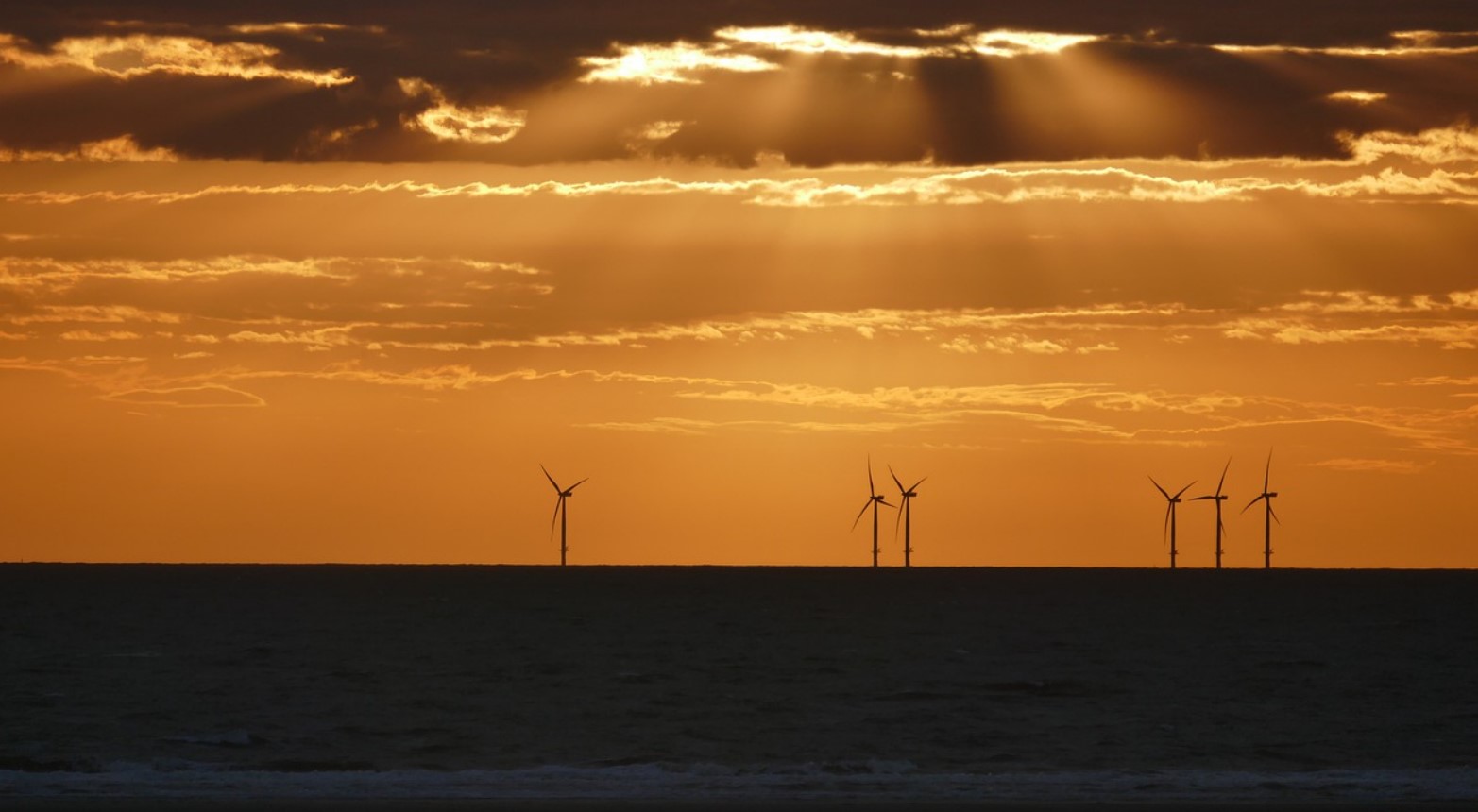 By B.N. Frank
By B.N. Frank
Opposition to and complaints about wind turbines and farms is likely to increase in the U.S. and worldwide until substantial biological, economic, environmental, and safety issues – including fires (see 1, 2) and toxic emissions – are eliminated or greatly reduced (see also 1, 2, 3, 4, 5, 6, 7, 8, 9, 10, 11, 12, 13, 14, 15, 16, 17, 18, 19, 20, 21, 22). Nevertheless, earlier this summer, the Biden administration and administrations in 11 states formed a federal-state offshore wind partnership (that will require billions in funding), which even has environmentalists concerned. More recently it announced plans for higher-priced floating offshore wind turbines.
From Ars Technica:
US launches program to boost floating wind turbines
Most of the West Coast will need floating hardware to harvest offshore wind.
On Thursday, the Biden administration announced the latest in its renewable energy efforts, this time focused on a technology that hasn’t really arrived yet: floating offshore wind turbines. Compared to turbines directly anchored on the seafloor, floating versions are estimated to cost about 50 percent more, which has made energy development of large areas of the ocean cost-prohibitive. The program announced today will create a “wind shot” that aims to drop the costs by more than 70 percent over the next decade and position the US as a leader in this industry.
Will it float?
While offshore wind is booming in Europe and China (and poised for a belated takeoff in the US), existing hardware is built directly up from the seafloor, which requires sitting in shallow waters. This works out well for the US East Coast, where a broad continental shelf can host massive wind farms, many of which are in the permitting and planning stages. Most of those projects involve a partnership with European companies, as the US’s long delay in adopting offshore wind has ceded the industry to the countries that pioneered the field.
Based on a newly released map of the potential for offshore wind in the US, many areas with good potential are too deep to be exploited by wind turbines affixed to the ocean floor. This includes nearly the entire West Coast, Hawaii, and the Great Lakes. Even along the East Coast, floating turbines could greatly expand the areas open to development.
Collectively, the Department of Energy estimates there’s potential for more than four terawatts of wind power between fixed and floating turbines. At the typical production levels of offshore wind, that’s enough to cover the US’s entire annual electricity use in about three months.
The problem is the costs. Fixed offshore wind turbines have only recently become competitive with coal-powered generation in Europe, and they still need to fall a bit before competing with natural gas. Adding the 50 percent expense penalty for floating wind raises the costs above those of nuclear power. The new “wind shot” program is meant to address that and simultaneously build the capacity to install floating turbines while making them cost-competitive with natural gas. If successful, it may position US companies as leaders in floating wind power.
Doing shots
While there may be issues with the overuse of the word “moonshot” in regard to government programs, the term wind shot is based on an earlier, successful DOE program called “SunShot.” Launched about a decade ago, SunShot had similar goals for cost reductions in photovoltaic power—and reached them several years ahead of its deadline. That success has helped spawn several related renewable energy programs.
SunShot’s key recognition is that only a fraction of the challenges of solar power came down to the cost of the panels. The cost of permitting and support hardware like inverters, as well as the ability to manage lots of intermittent power on the grid, all created barriers that limited solar’s economic potential. Similarly, the issues with floating wind don’t have much to do with the cost of the turbines (though lowering those costs wouldn’t hurt). Instead, the effort is focused on the support hardware.
For the Offshore Wind Shot, this will include optimizing the design of the floating platforms and the tethers that link them to the ocean floor and designing the transmission networks that will bring the resulting power to shore. The DOE will also work on ensuring the supply chain can be put in place to feed a domestic manufacturing industry and do what it can to scale up that industry to meet the goal of having 15 gigawatts of floating offshore wind capacity by 2035.
Specifically, the DOE will fund contests for floating platform designs, develop software to help design offshore farms and integrate them into the grid, and fund analysis of ports and the grid along the West Coast to determine how to support an offshore wind industry there. In addition, an existing research program called ATLANTIS (standing for, and I wish this weren’t true, “Aerodynamic Turbines, Lighter and Afloat, with Nautical Technologies and Integrated Servo-control”) will focus on field testing some of the designs that came out of an earlier stage in the program.
In addition to the obvious benefits from a leadership position in an industry that’s likely to grow dramatically in the next decades, the focus on floating offshore wind offers the possibility of repurposing some of the offshore fossil fuel extraction industry and workers. Having an obvious path to continued relevance may reduce the resistance to some of the changes we’ll inevitably have to make.
Activist Post reports regularly about wind power and unsafe technology. For more information, visit our archives.
Image: Pixabay
Become a Patron!
Or support us at SubscribeStar
Donate cryptocurrency HERE
Subscribe to Activist Post for truth, peace, and freedom news. Follow us on SoMee, Telegram, HIVE, Flote, Minds, MeWe, Twitter, Gab, What Really Happened and GETTR.
Provide, Protect and Profit from what’s coming! Get a free issue of Counter Markets today.

Be the first to comment on "Biden Admin Announces Plans for Floating Offshore Wind Turbines; “estimated to cost about 50 percent more”"